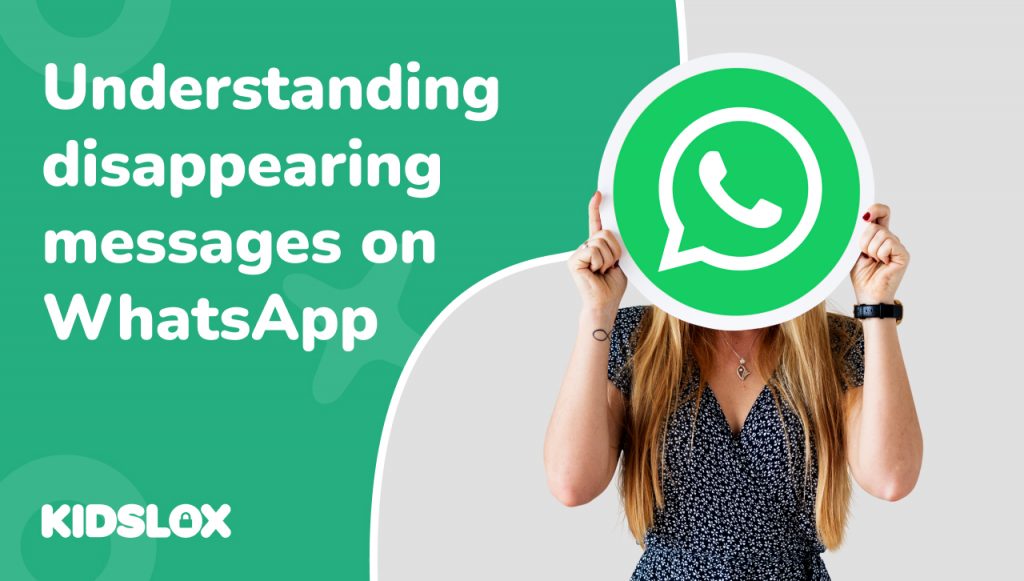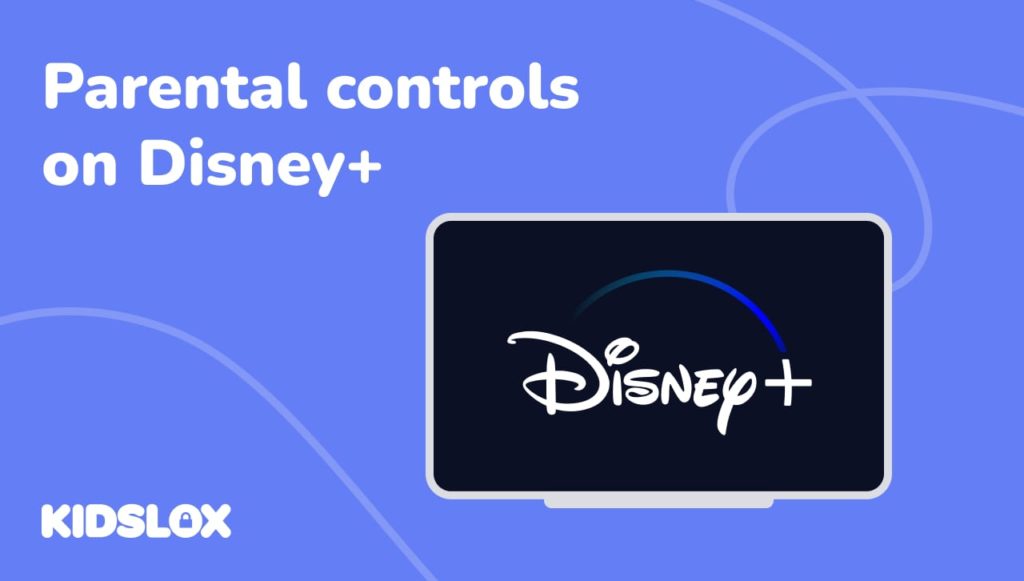Essential Tips to share with Kids, Teens, and Students
Two-thirds of U.S. teens have at least one social media account, making these platforms a very real part of modern adolescence. With their ubiquity in our young people’s lives, it’s essential that as caregivers, we prioritize learning and teaching social media safety for kids, teens, and students.
Sometimes it can feel like trying to understand teenagers’ digital world is impossible, so in this Guide To, we will go into detail on some actionable social media safety tips for various age groups, helping you ensure your child’s online well-being.
From establishing a strong foundation for young children to fostering digital literacy and citizenship for teens and students, we’ll cover all the essential aspects of social media safety.
Social Media Safety for Kids: Starting with the Basics
It’s not uncommon for children to have their own device from the early years, and many parents consider buying their child a cell from around the age of 8. Ensuring your child knows about basic social media and digital safety from early on is the best way to build a foundation that will enable them to stay safe and responsible as they grow.
- Establish a Strong Foundation
Begin by teaching your child about the importance of privacy and maintaining a positive online presence. Explain that everything they post online can be seen by others, and it’s crucial to think before they share. Even when they think they are talking privately, there are no guarantees that it won’t be shared. Set ground rules for social media usage, such as time limits and age-appropriate platforms, to ensure they have a healthy and safe online experience.
- Monitor Online Activities
Use parental control tools to monitor your child’s social media activities, including the websites they visit, the apps they download, and their online interactions. Regularly review their friend lists, posts, and messages for potential risks, such as strangers or inappropriate content. It’s essential to strike a balance between respecting their privacy and ensuring their safety. By having an open and honest conversation about using parental controls like Kidslox, and enlisting their help to set limits together will help to keep things positive.
- Encourage Open Communication
Maintain an open line of communication with your child about their online experiences. Discuss potential dangers, such as cyberbullying, online predators, and scams, and encourage them to report any suspicious or harmful content they encounter. Let your child know they can always come to you with their concerns, without fear of judgment or punishment.
Social Media Safety for Teens: Building Resilience and Responsibility
With most teens well versed with the main social media platforms and actively using them to communicate with friends and peers, it’s important to take your online safety precautions up a level.
- Foster Digital Citizenship
Teach teens about digital etiquette (netiquette), such as respectful communication, empathy, and responsible content sharing. Encourage them to think critically about the consequences of their online actions and discourage cyberbullying. Discuss the impact of spreading rumors, hate speech, and sharing private information without consent.
- Create a Supportive Environment
Provide guidance and support for your teen’s online activities by staying informed about the latest trends and risks. Encourage them to seek help if they encounter any issues or concerns, and be prepared to intervene if necessary. Offer guidance on how to handle difficult situations, such as dealing with online harassment or reporting inappropriate content.
- Prioritize Privacy and Security
Teach your teen how to create strong passwords, enable privacy settings on their accounts, and be cautious about sharing personal information. Discuss the potential consequences of sharing inappropriate content or personal details, such as identity theft, online harassment, and damage to their reputation.
Social Media Safety Tips for Students: Empowering Safe Online Learning
Children now use social media in all aspects of their life – from their friendships to learning. It’s important to make them understand that the precautions they have for general platforms also apply to their school-specific social media activities too.
A. Promote Digital Literacy
Ensure students understand the importance of evaluating online sources and identifying misinformation. Encourage critical thinking, responsible content consumption, and the ethical use of digital resources. Teach them how to recognize fake news, scams, and phishing attempts.
B. Protect Student Privacy
Educate students about privacy rights and the importance of protecting their personal information. Provide guidelines for safe online communication within educational platforms, such as using secure passwords, enabling two-factor authentication, and avoiding sharing sensitive data in public forums.
C. Foster a Safe Online Community
Encourage students to report any inappropriate or harmful content to their teachers or administrators. Create a supportive and inclusive online learning environment that prioritizes student well-being. Promote respectful behavior, kindness, and collaboration among students in online forums and group projects.
Essential Social Media Safety Tips for Kids of All Ages
Whatever the age of your child, or children, there are lots of generalist principles we can all apply mindfully when we’re engaging with others through social media. Here are some tips related to staying safe online.
- Be Mindful of Online Friendships
Remind children and teens to only accept friend requests from people they know and trust. Encourage them to think twice before sharing personal information with online acquaintances and to never meet people they don’t know from social media in person.
- Stay Vigilant Against Cyberbullying
Teach children and teens how to recognize and report cyberbullying. Foster a supportive environment that encourages open communication about any issues they may encounter. Empower them to stand up against bullies and support their peers who may be experiencing cyberbullying and not to be a bystander, even when it’s on social media.
- Find a Balance by Encouraging Offline Connections Too!
One good way to stay safe on social media is to spend less time on it! Encourage children and teens to engage in offline activities and socialize with their peers in person. Set boundaries for screen time and promote a healthy balance between online and offline experiences. This will help them develop strong social skills, a sense of community, and a deeper understanding of the world around them.
Social media safety is crucial for the well-being of all of us, and especially our young people. By following these tips, maintaining open communication, and using parental controls for added protection and peace of mind, you’re doing everything possible to help your child navigate the digital world safely and responsibly. The best way to protect your child online is to be proactive, informed, and supportive so keeping up to date with all the latest developments in social media and the digital world is a great way to feel empowered with your online parenting.





